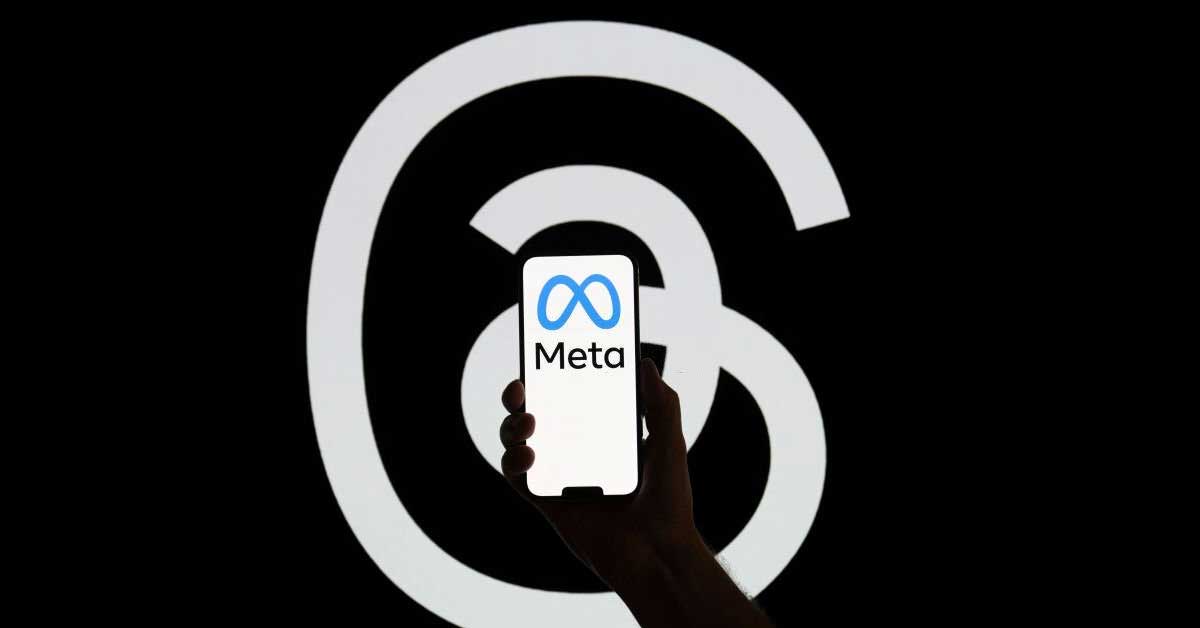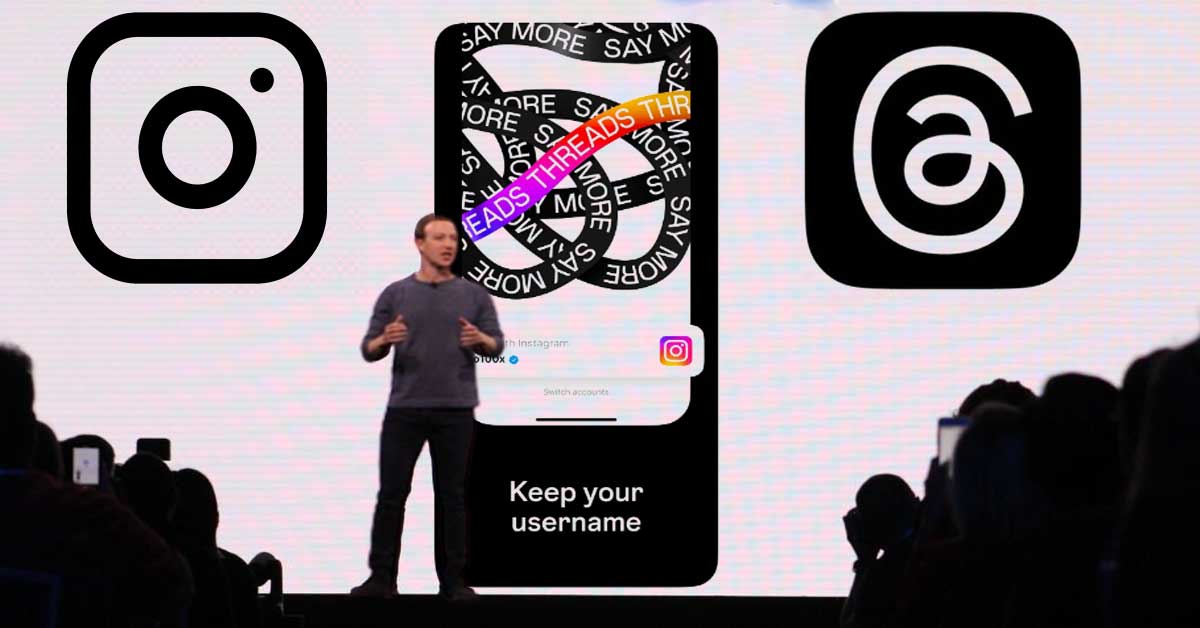In recent times, Threads, the nascent microblogging app under the umbrella of parent company Meta Platforms, has witnessed a decline in user engagement. Despite an initial surge in sign-ups, the app has been facing challenges in retaining its users and keeping them actively involved.
According to estimates from market intelligence firm Sensor Tower, Threads experienced a notable decline in daily active users for two consecutive weeks. The number of users fell to 13 million, marking a staggering 70% drop from the peak it achieved on July 7.

The average time users spend on Threads has significantly decreased, indicating a potential loss of interest among its user base. On both the iOS and Android apps, users now spend only four minutes, down from the previous 19 minutes.
For Android users in the United States, the average time spent further decreased to five minutes from the peak of 21 minutes observed on the app's launch day, as reported by SimilarWeb.

While Threads is facing a decrease in user engagement, its parent company, Twitter, continues to maintain stable daily active user numbers. Sensor Tower estimates that Twitter boasts approximately 200 million daily active users, and these users spend an average of 30 minutes per day on the platform.
Meta executives foresaw the possibility of a decline in user numbers after the app gained an impressive 100 million sign-ups within a week of its launch. Despite the decline, they are not unduly concerned and are actively working on implementing additional features to enhance the platform.
Richard Hanna, a professor at Babson College specializing in social media strategy and digital marketing, emphasizes the need for Threads to expand its capabilities. To retain users, the app should be able to offer more, allowing users to engage in activities not easily accessible on other platforms.


Critiques from writers and reviewers have pointed out the potential dullness of Threads, especially if users follow the same people they do on Instagram. This can be attributed to some accounts posting less frequently on Threads than they do on Twitter. Additionally, some users have expressed concerns about the prevalence of company brands on the platform.
The official Threads account has communicated its plans to introduce new features, offering users a glimpse of what to expect. These upcoming features include support for multiple accounts, post-editing, and a chronological feed option similar to those found on Instagram and Facebook.
Threads set itself apart from Twitter by positioning itself as a platform with a unique ethos—one that does not heavily focus on politics or hard news. This positioning aims to cater to users seeking a different kind of social media experience.

Meta's approach to Threads involves patience and a commitment to success. With substantial financial resources and a talented engineering team, Meta is in a position to invest in the app's growth and improvement over time.
While Threads has introduced new features, it has encountered technical issues that caused delays in its release. Addressing these technical challenges is crucial to maintaining the platform's performance and user experience.
Leaders at Meta emphasize the importance of stabilizing the platform before focusing on community growth and user engagement. This approach recognizes the common pattern of peak and trough response that new products often experience.
Sources: wsj.com













